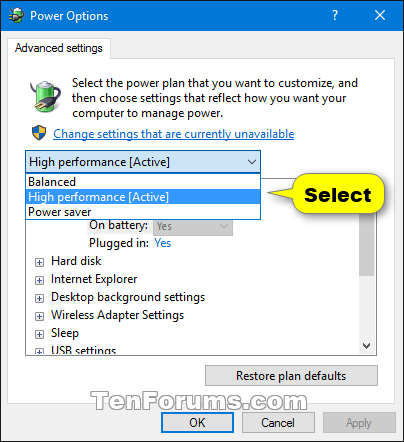
:max_bytes(150000):strip_icc()/system-restore-windows-10-fc686dd88a2142248857102c321eb2da.png)
Once the process is complete, your machine will restart. Click "Yes" to revert your system to the selected state or "No" to cancel. Click "Finish" to proceed.įinally, you'll be notified that, once started, the process cannot be interrupted. The next dialog displays further details for your selection.

Select one (1) and click "Next" to proceed. System Restore isnt enabled by default, but you can configure the feature with. You will then see a list of available restore points. Use these instructions to setup a System Restore Point on a Windows 10 computer. I have a MIMO tablet that I use as a secondary screen and touch control, and having to recalibrate it everytime the PC. I dont know if its intentional, but my goal would be to find a way to have the PC remember the settings. To manually select a restore point, select "Choose a different restore point" (1). Hello, Ive having an issue with the Tablet PC Settings on a Windows 10 PC resetting everytime the PC is shut down. Windows will notify you that your personal files won't be affected and pre-select the most recent restore point. Then, select "System and Security" (3).Īfter that, select "Open System Restore". Please switch to "Category" (2) view under "Category" (1). Search for "Control Panel" in the Windows menu and left-click the result.Ĭontrol Panel supports different view styles. Read on to learn how to revert your system to a previous state in Windows 10. in the event of a failed update or faulty driver. Through restore points, you can easily revert your system to a previous state, e.g. System restore points only include system files, installed applications, Windows Registry, and system settings at the time of creation but not personal files like music, image or other documents.


 0 kommentar(er)
0 kommentar(er)
